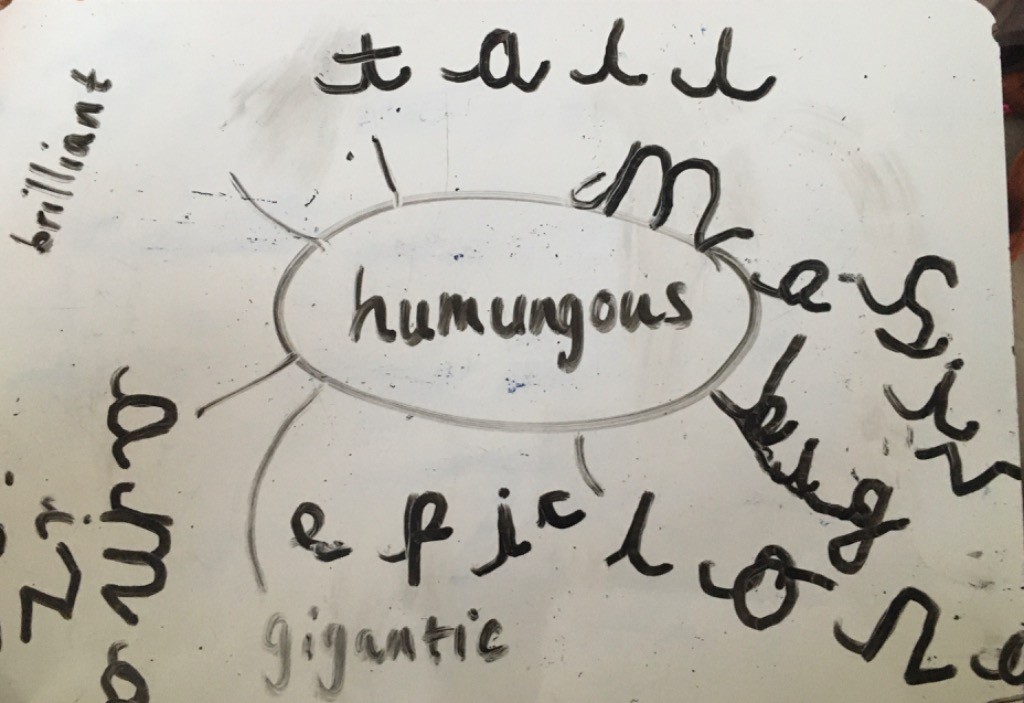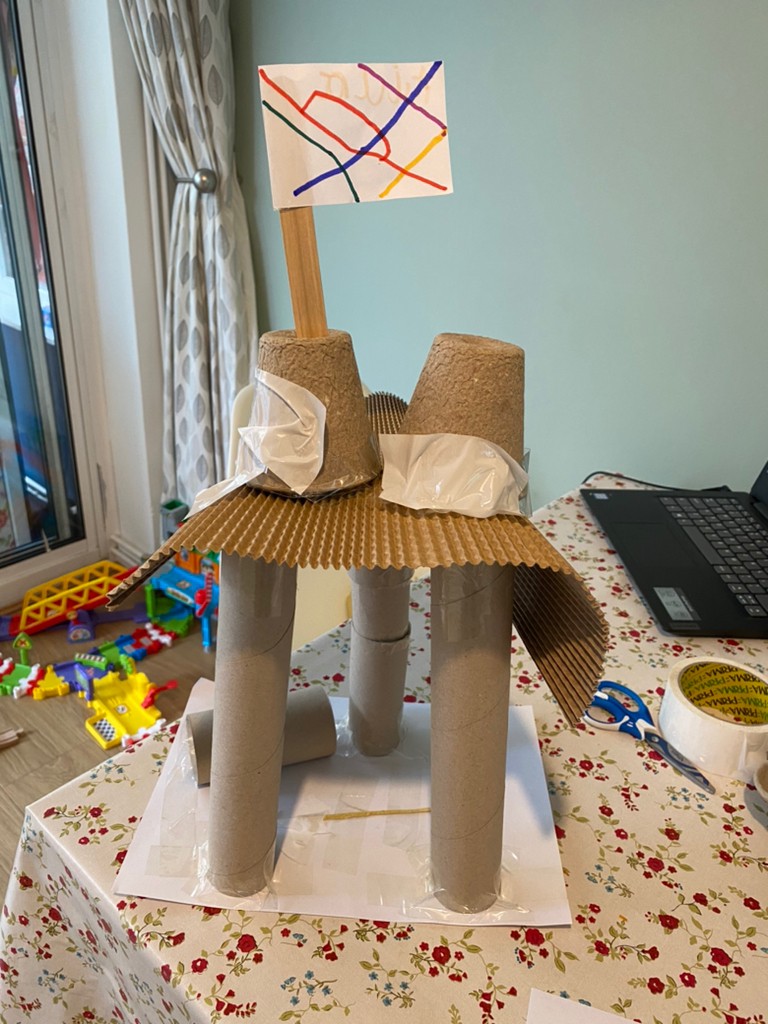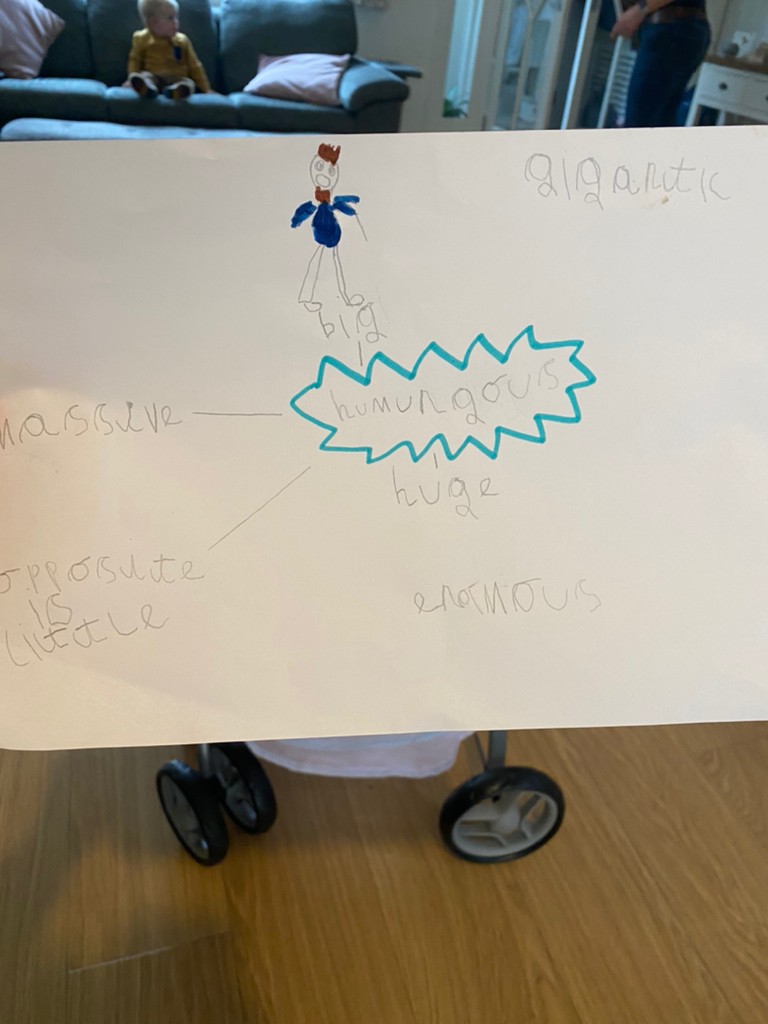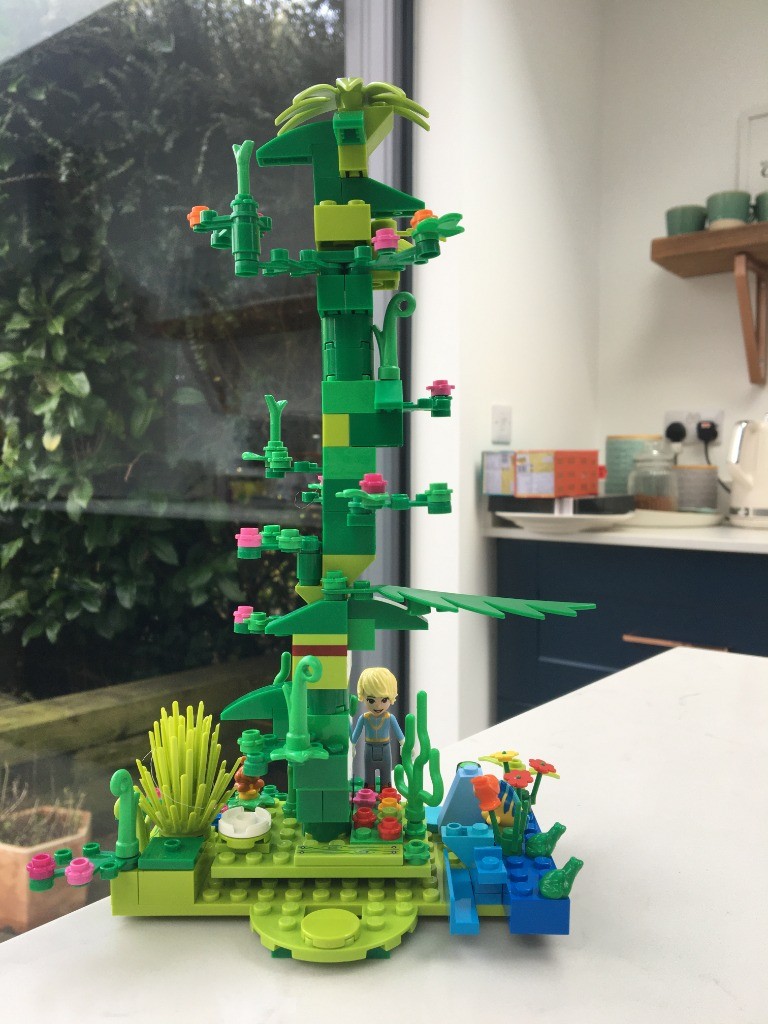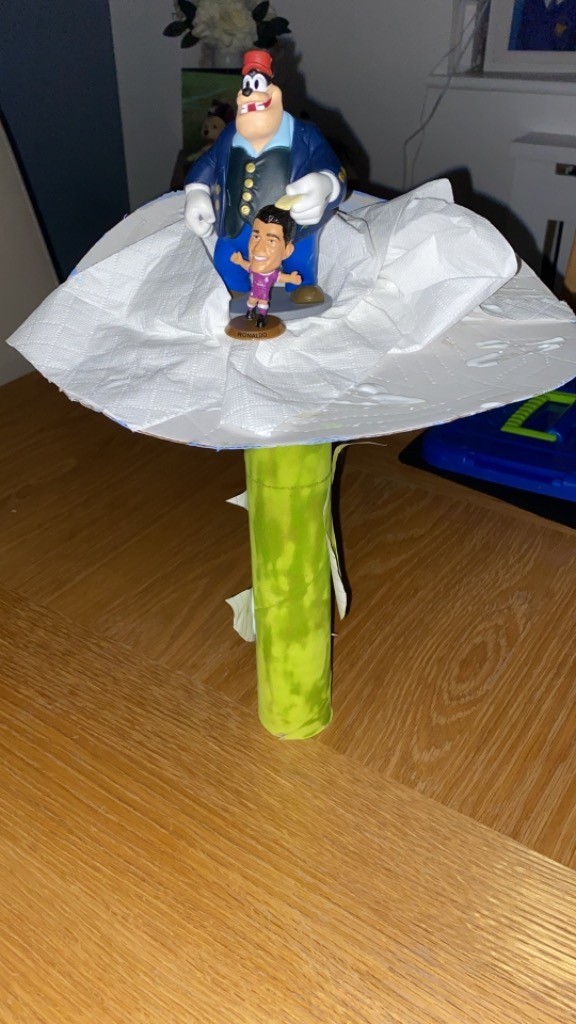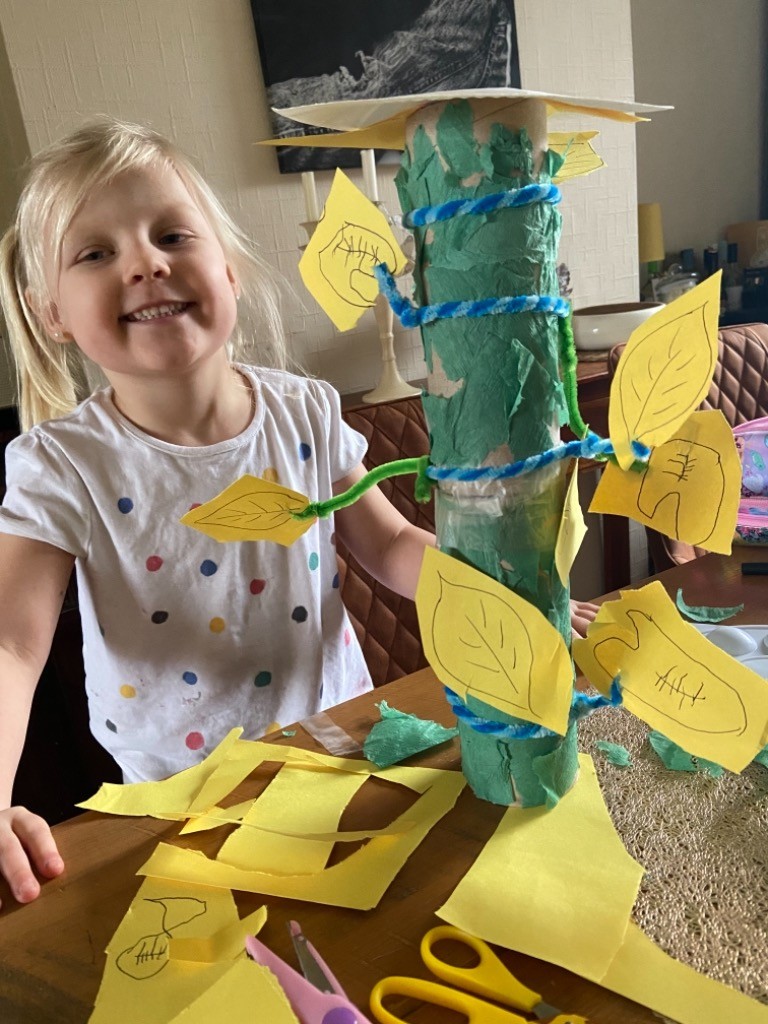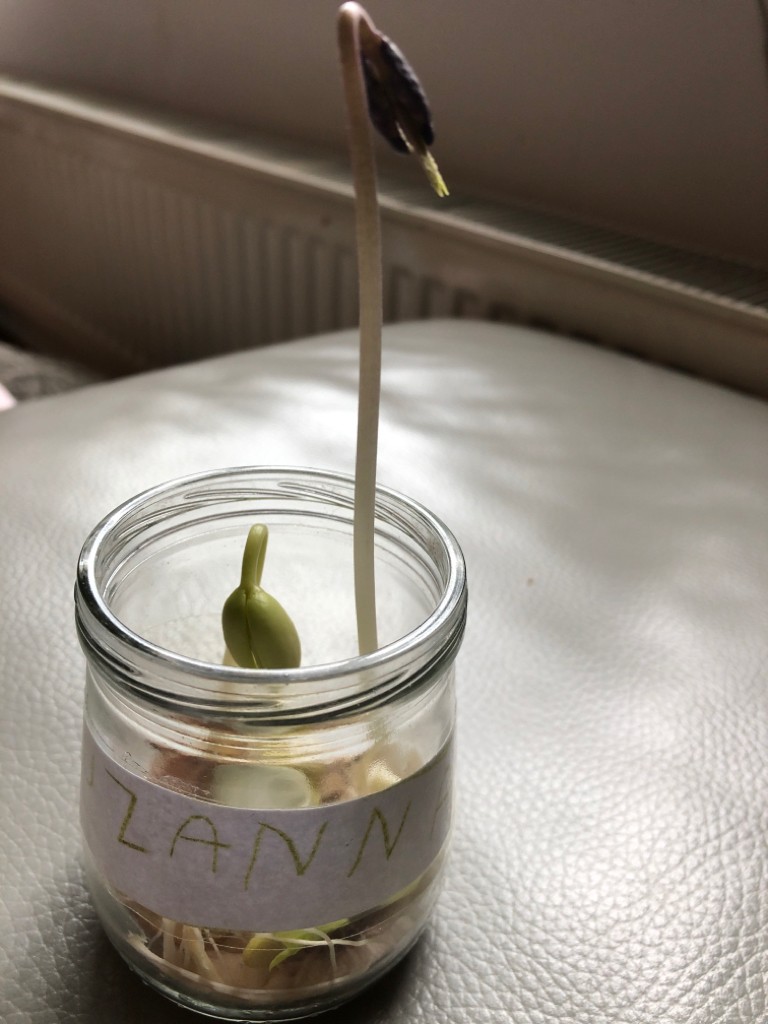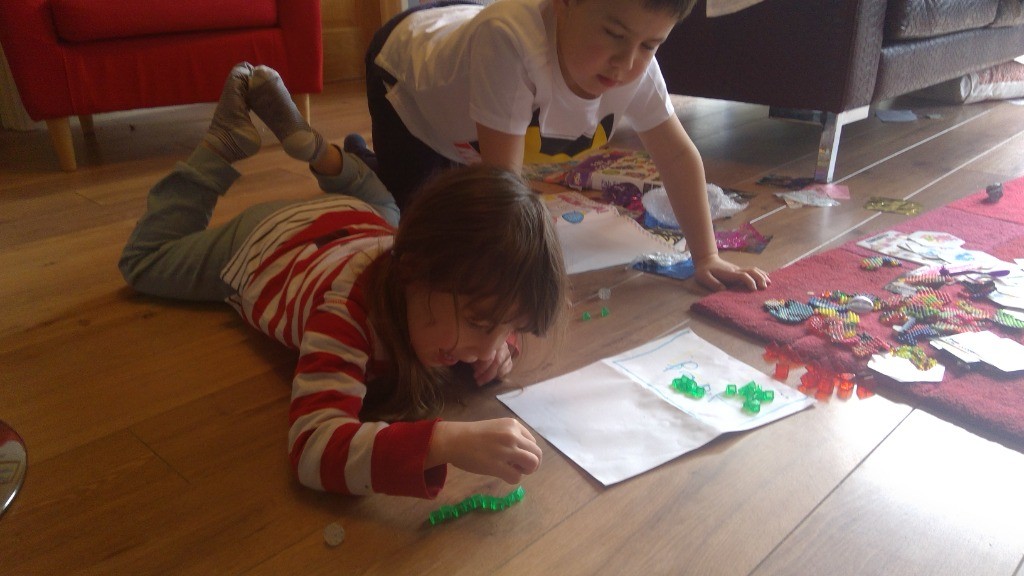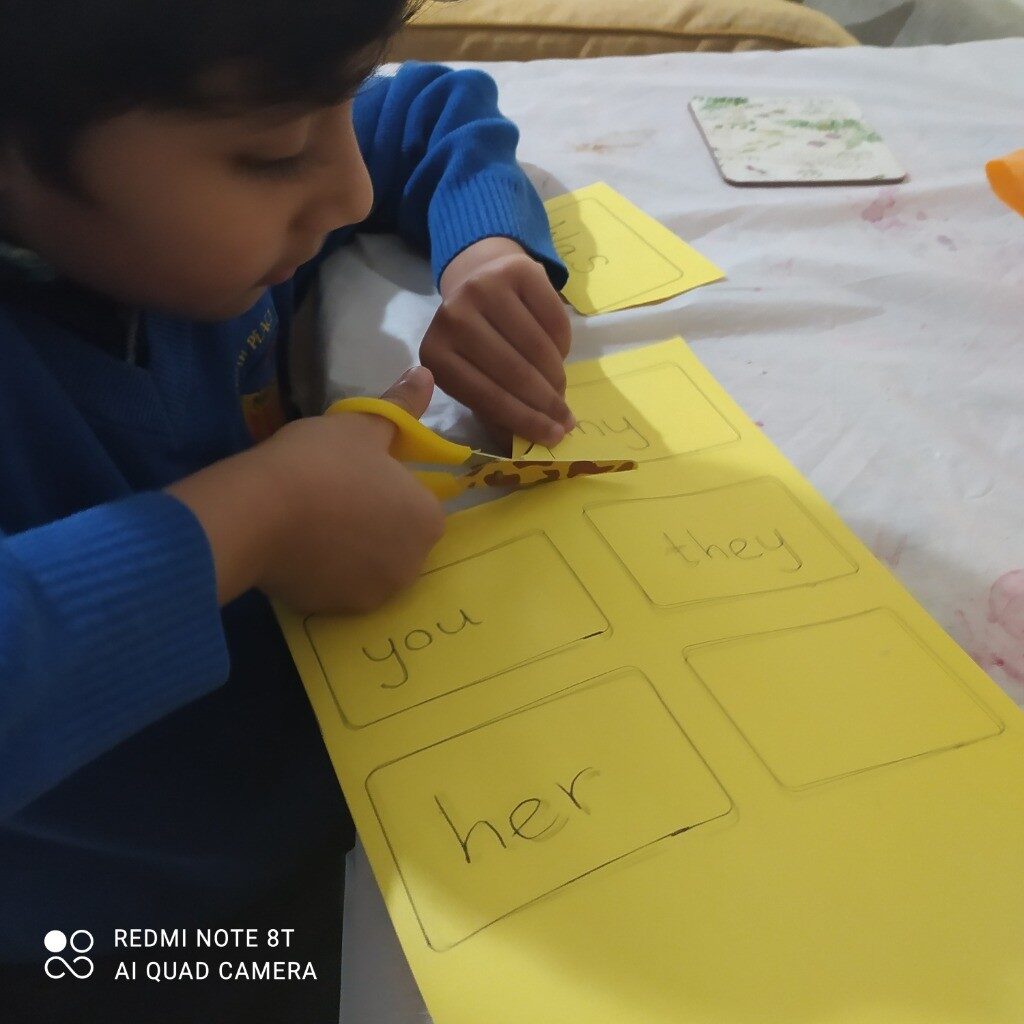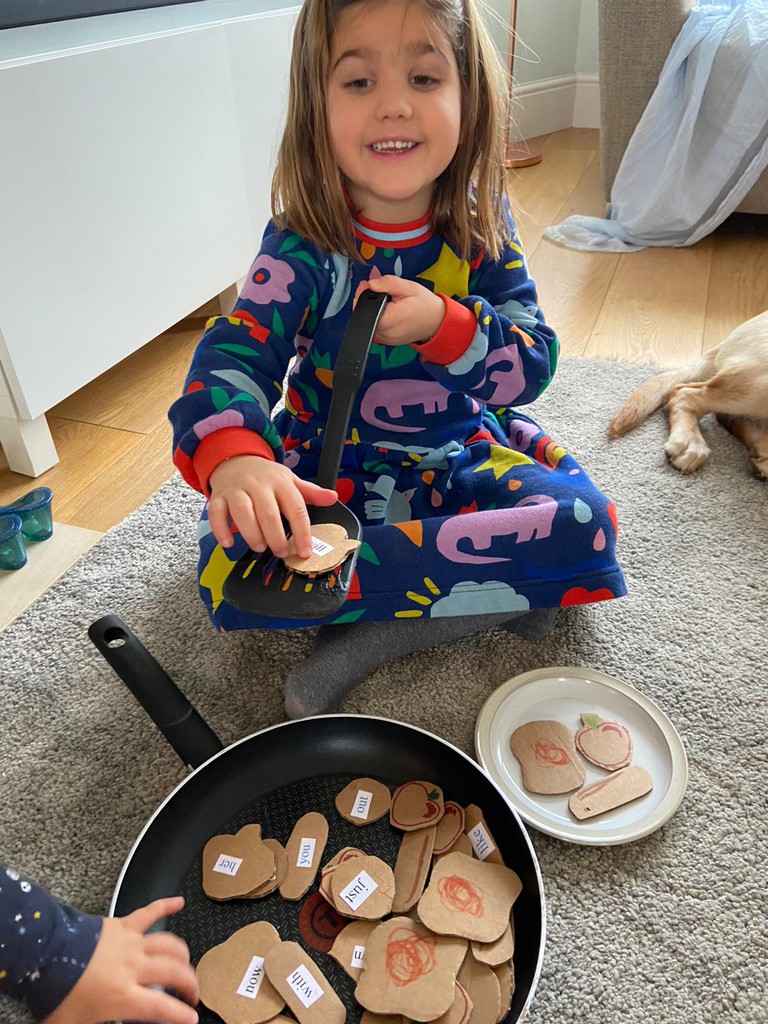Good morning Reception parents and children,
I hope you all had a wonderful weekend and ready for another week of home learning.
Please find below my plan for the week.
As part of the whole school Geography focus, we will be looking at China and celebrating Chinese New Year which falls on Friday, 12 February. To help you prepare for tomorrow, I’ve posted a template and instructions for the paper lantern on Tapestry today.
I also set out below materials you may wish to gather together over the week ready for Friday’s dragon costume. Of course, you’ll be able to improvise so don’t worry too much if you can’t find everything listed!


Religious Education– St. Adrian
Chaplaincy Team Assembly

Please find enclosed a link to our Chaplaincy Team Assembly. It’s all about St. Adrian, who is our class saint.
https://drive.google.com/file/d/1VNYPH-QkpG4adjlYXu2IbHCD3RpS_bVN/view
If you cannot access the assembly link, below is link to a short video and information all about St. Adrian.
https://www.franciscanmedia.org/saint-of-the-day/saint-adrian-of-canterbury
Your child may like to take part in the school competition set by the Chaplaincy Team. Draw a picture or make a poster to celebrate our class saint, St. Adrian. The deadline for the competition is Friday, 12 February. Post your entries on Tapestry and I will forward them to the Chaplaincy Team.
Letters and Sounds
Today’s new sound – ‘ur’ (digraph two letters but one sound)
This video introduces the ‘ur’ sound.
Show your child how to write ‘ur’ using the correct letter formation.

Letter formation for ‘u’ and ‘r’ can be found in your child’s letters and sounds book.
Encourage your child to ‘have a go’ at writing the ‘ur’ sound.
For challenge
Only if your child is ready. Write the following words:

For extra challenge
Write a sentence and draw a picture to accompany the sentence.

Maths/PE
Spatial thinking
The language of spatial thinking is linked to many aspects of mathematics. Position and directional learning is the most obvious but also patterning and geometry. It is also essential when considering the relationships between numbers; knowing which numbers come ‘before’, ‘after’, ‘next to’ or ‘in between’ is important, as well as knowing how near or far numbers are from each other or from a given point. If the language of these are not fully understood in the real world, it will be difficult to use them in the abstract world of numbers.
The other aspect of spatial thinking covered in this learning sequence links to understanding abstract representations of the real world. The ability to transform images from pictorial to an abstract image later supports solving worded maths problems. In this sequence, the children will go from passing through a space in reality to using maps of known spaces with symbols to represent known objects.
Here’s our first activity:

This activity can be done inside or outside. It naturally builds on itself because children will want to provide feedback on specific obstacles and courses can have endless combinations. The perfect obstacle course should be challenging, silly, and easily deconstructed or reconstructed.
Using any equipment available such as cones, cushions, tables, hoops, beanbags or small mats, ask your child to devise a route to be followed and then invite other members of the family to try their route.
The idea is for your child to use directional language to explain their route. For example, “Jump over the cushion. Then hop on to the mat. Now throw the beanbag in the hoop.”
The key words you want your child to use are:
up, down, forward, through, over, turn backwards,
under, turn around, turn towards
To end today’s blog, I’d like to celebrate our learning from the last week.
Children’s Mental Health Week
Maths
Phonics and reading
Looking forward to hearing all about this week’s learning through Tapestry.
Nicola Palmer








